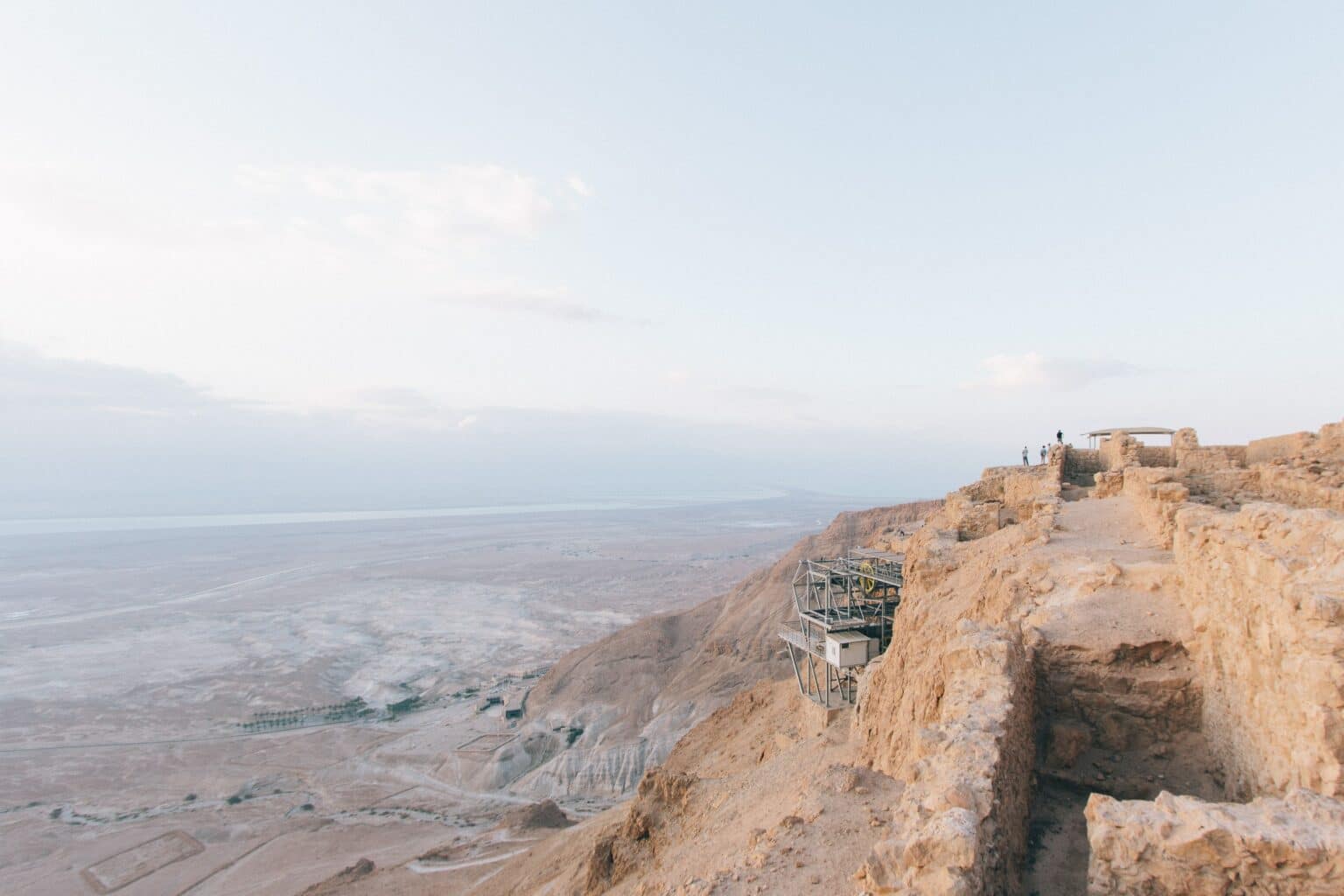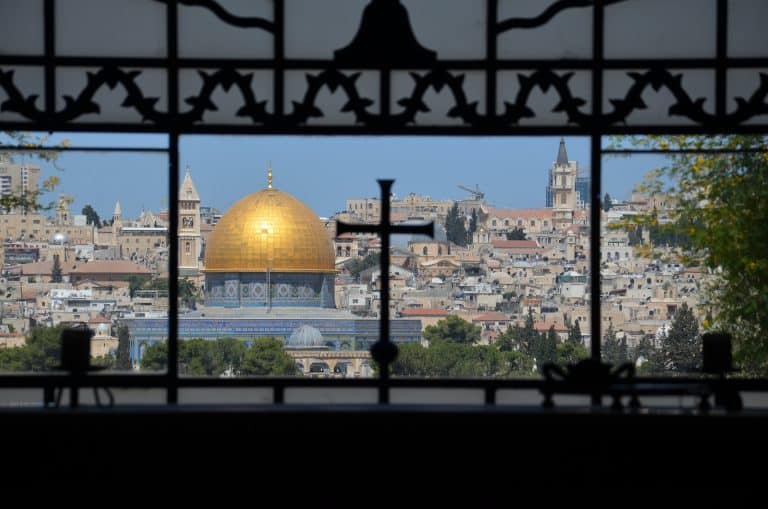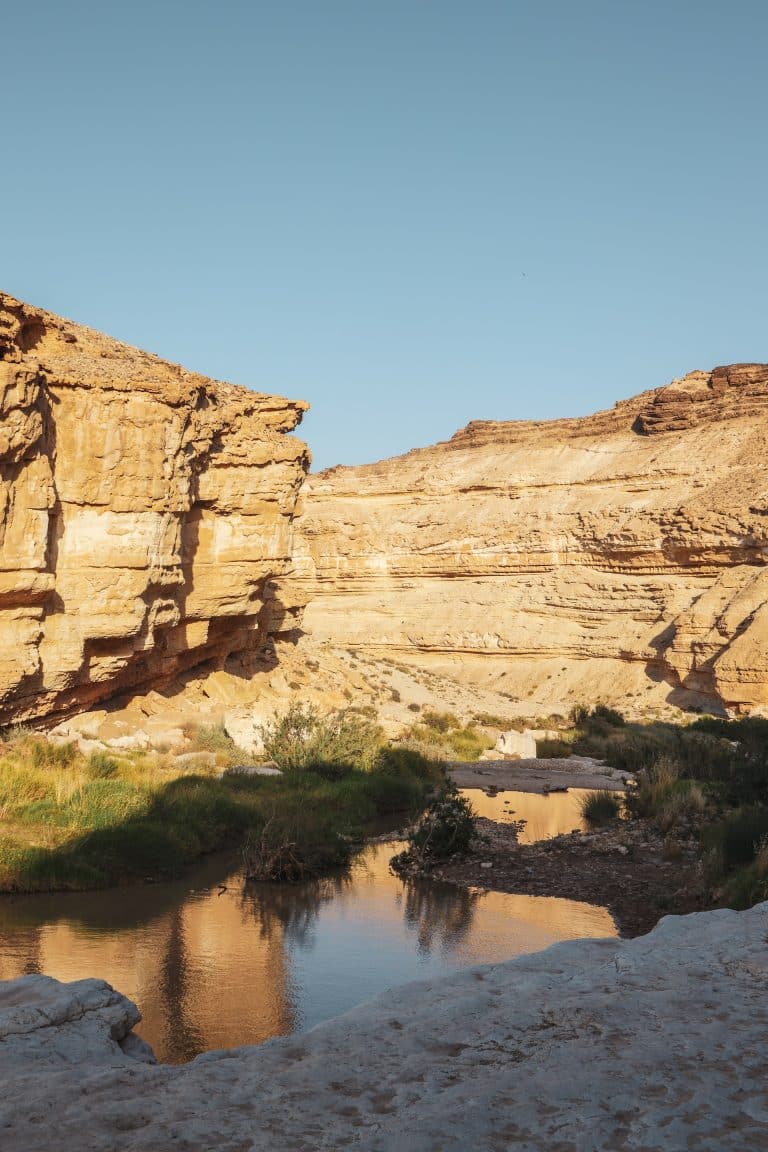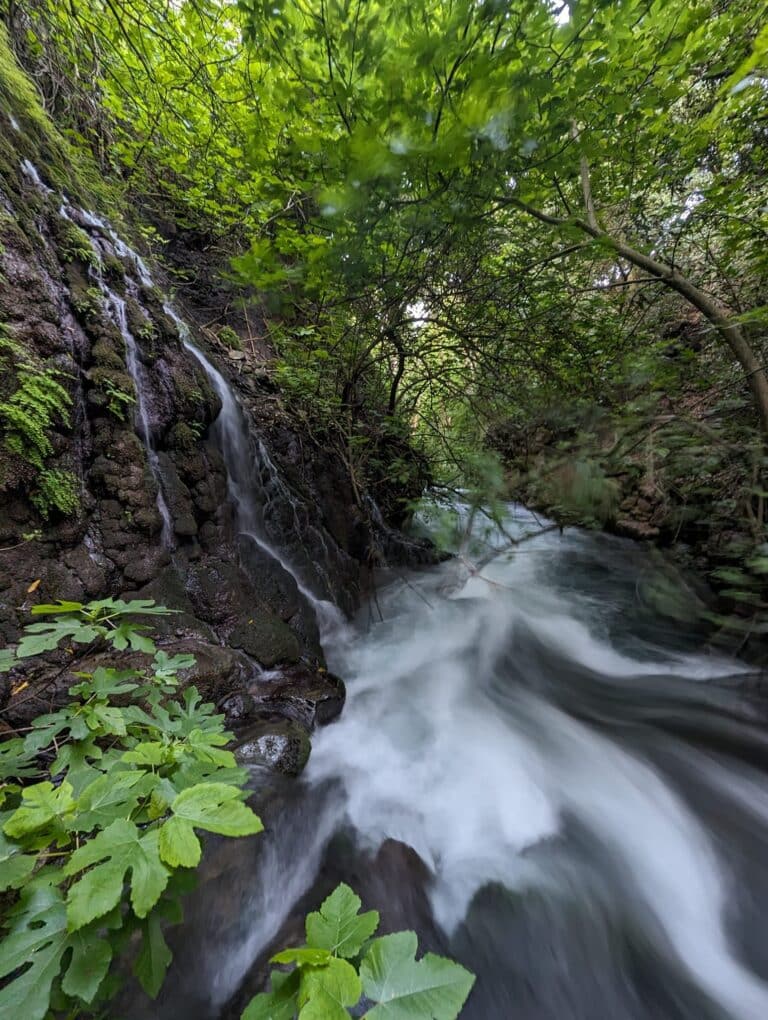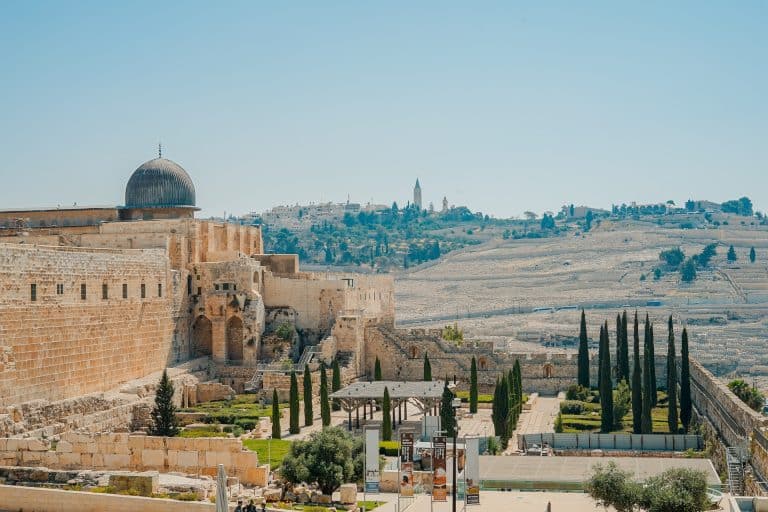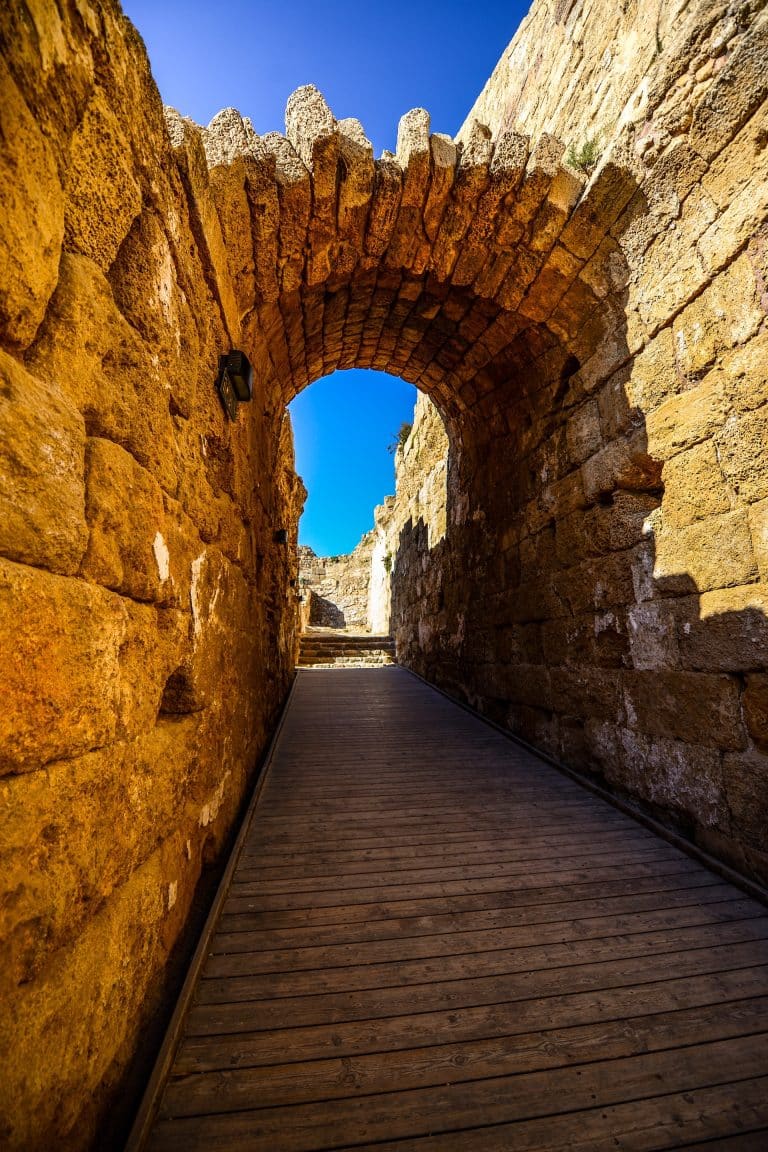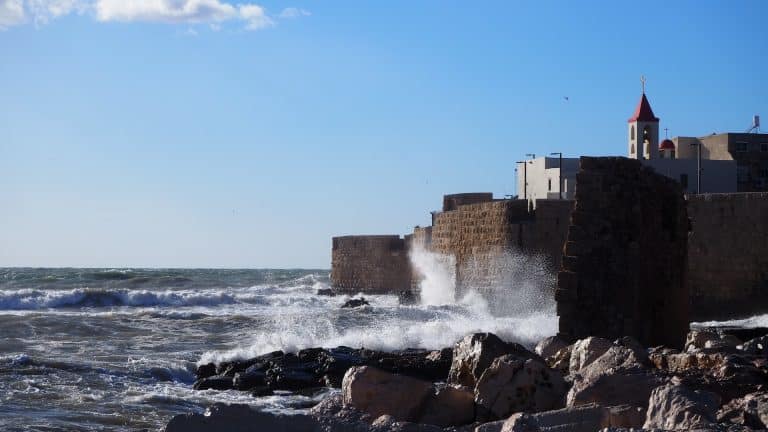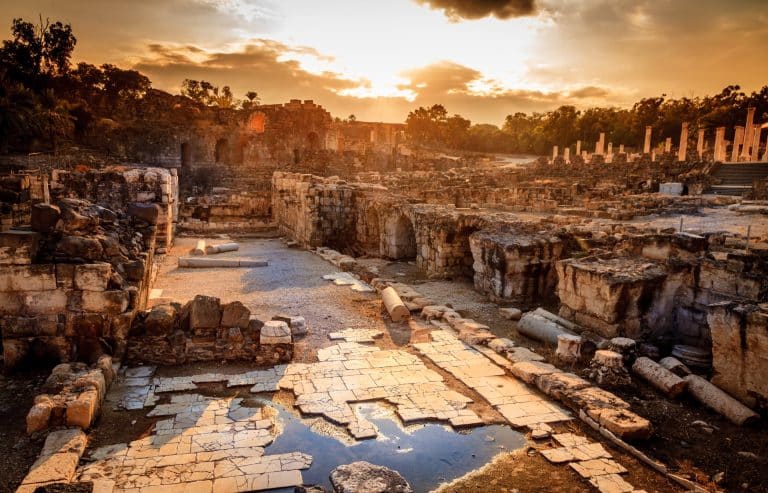As a land with an extremely rich and diverse history, that was one of the first to ever be settled by humanity, Israel offers a multitude of impressive and fascinating archeological sites. Those offer several unique experiences, as during your visit to some of them, you will be able to learn about ancient times, experience human life thousands of years ago, and sometimes even dig and look for antiques yourself. Here, we will provide you with everything you should know if you’re interested in doing an archeological dig in Israel.
Dig for a Day: a great opportunity for an archeological dig in Israel
The Dig for a Day initiative is the easiest and most highly recommended way to experience an archeological dig in Israel. The activity, which takes place in Beit Guvrin, a major archeological site in the Judean Foothills, provides a very unique experience and allows its participants to experience the adventure of a real archaeological dig in this fascinating active archaeological site.
The duration of the activity is several hours during which you will dig and search for pottery, bone remains, ancient coins and other important finds from different periods among the underground caves of the site. The activity that takes place here is a real excavation, recognized as an official research project, and is accompanied by a team of experienced and professional guides who operate under the license of the Antiquities Authority.
Beit Guvrin Marsha National Park is a UNESCO World Heritage Site and is identified as the birthplace of King Herod. In the area of the national park, you can see many underground dungeons, rooms, and caves created by man in different historical periods – it is not for nothing that the area received the nickname “Land of a Thousand Caves”. The national park is rich in findings that are discovered almost every day, therefore every item found here is examined and analyzed by professional archaeologists and some of them are even currently displayed in the Israel Museum in Jerusalem and other sites.
So if you are a history and archeology lover, then this activity is a great opportunity to experience what it’s like to be an archeologist for a day. In addition, the possibility to participate in it together with the whole family is a great bonding experience, and a great chance to have a unique activity with your kids. The site is interesting to visit on its own, but the combination with the experience of digging and finding the treasures that have been uncovered here for many years provides a tremendous and special experience.
Some important things to know about Dig for a day
The duration of the activity is about 3 hours. The program is open to the general public and invites participants of any age to take part in the experience. The activity involves climbing up or down steep stairs and sometimes it is necessary to go through narrow passages, so it may not be suitable for those with claustrophobia or other physical concerns.
The work is mostly physical and you must come with closed shoes and clothes that can get dirty. The archaeological excavation activities in Beit Guvrin National Park are carried out throughout the week and are usually open on weekends, including Saturdays. Before your arrival, check the exact operating hours on the official website of Dig for a day and purchase tickets in advance.
Most unique sites for an archeological dig in Israel
Dir Aziz
Dir Aziz is an abandoned Syrian village near Katzrin, built on the ruins of a Jewish settlement from Talmudic times (70-640), with a synagogue, textile houses, and a spring with an artificial pool in a eucalyptus grove.
Archaeological excavations carried out at the site in the 1990s revealed a very magnificent synagogue from the sixth century AD. The synagogue served as a spiritual and community center for the local Jewish residents.
On the southwest side of the building, you can also notice a kind of depression and what probably formed the place of the Ark of the Covenant. On the stage of the Ark of the Covenant, a special inscription in Greek was revealed, in which the name “Yehuda” and the years 295 appear, indicating, apparently, the number of years since the destruction of the Second Temple. In addition, on one of the windows of the synagogue is the Greek inscription “AZIZO”, indicating that the name Aziz was the original name of the Talmudic settlement there.
Metsad Ateret Fort
It is a 12th-century Crusader fortress located on the banks of the Jordan River in Hula Valley. The fort was built in the shape of a square with a wall around it and a tall tower in the center, and it was built to secure the bridge across the Jordan River, over which the main road between Tiberias and Damascus passed.
History shows that before the construction of the fort, the place was protected by an order of knights and was considered relatively peaceful thanks to its distance from Jerusalem. When the relationship between the Crusaders and the Muslims got heated up, the Crusaders decided to build and fortify the place to protect the area and the important Jordan River. This step angered Saladin, the ruler of the Muslims, who decided to go to war in response.
After several failed attempts, the Muslims eventually managed to conquer the fort. They destroyed it to the core and left it in the state that you can see here today.
On top of the fortress wall, you can notice a unique natural phenomenon that serves as a great display of the unique features of the Great Rift Valley. In 1994, a vertical break in the middle of the northern and southern walls of the fort was discovered, when the eastern side of these broken walls was “copied” to a distance of approximately two meters to the north of those walls.
Experts studied this phenomenon and concluded that it was the earthquakes that affected the movement of the walls since the mound was built in the center of the Great Rift Valley, as the shift that you’ll see here is an accurate representation of the shift of the tectonic plates in this area.
Ein Pik
The Ein Pik site, located just east of the Sea of Galilee, is an abandoned Syrian village whose inhabitants fled in 1967, and in some of its Syrian houses, you can see remnants of the Jewish settlement that was here in the Byzantine period. This settlement was a large commercial center at the time, and evidence of the Jewish settlement can be found on a column discovered at the site with the inscription – “Ana Yehuda Hazana” (I am Yehuda the cantor).

